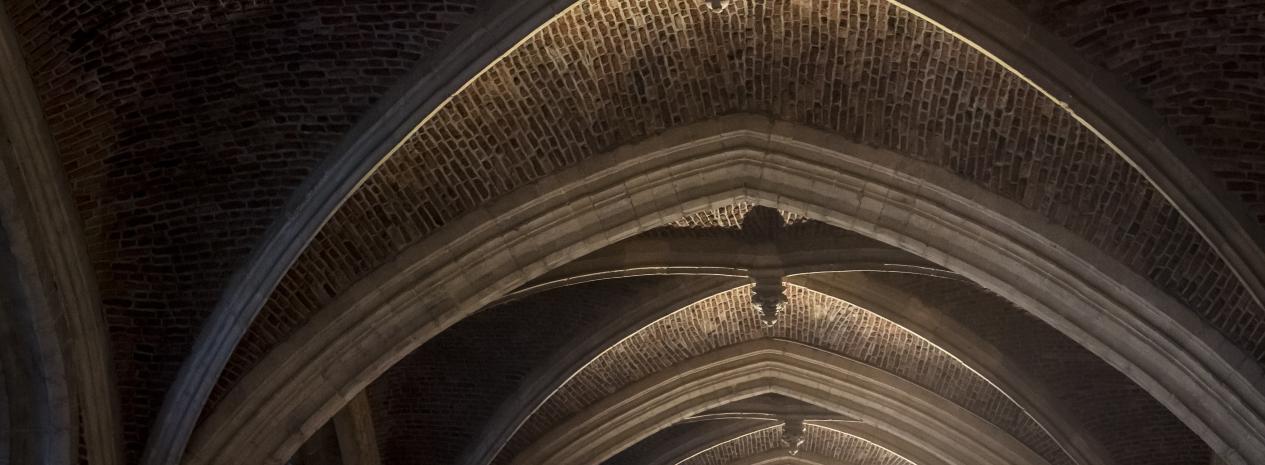After the rain comes ... a new carillon
In 1702, a lightning strike on the tower of St. Gummarus Church caused a minor drama: the carillon was destroyed. The following year, the city council decided to purchase a new carillon. In 1707, after approving the new carillon, the council then decided that the bell foundry could also cast the carillon drum. The drum was installed and finished in 1712 by Henricus Joltrain, an Antwerp clockmaker, who connected it to the tower clock.

A complex music box
A carillon drum works like a music box: pins on the drum directly or indirectly trigger sound sources. With a music box, this is usually done directly, but a carillon drum needs more mechanics, not least to connect the drum to a clock so it is activated at regular intervals (every hour, half hour or even quarter hour). The intention in Lier was to have a grace note chime for every hour, half hour and quarter hour. Joltrain decided to install two rows of holes and ensure the mechanism would move slightly after one turn of the drum for the next one. The two turns mean that the drum can play extra-long melodies, so the grace note can be longer. This is the 'playing drum' system, not many of which were made and even fewer have survived.
Flemish masterpiece
The playing drum is one of our masterpieces and is on the Flemish Masterpiece List.


